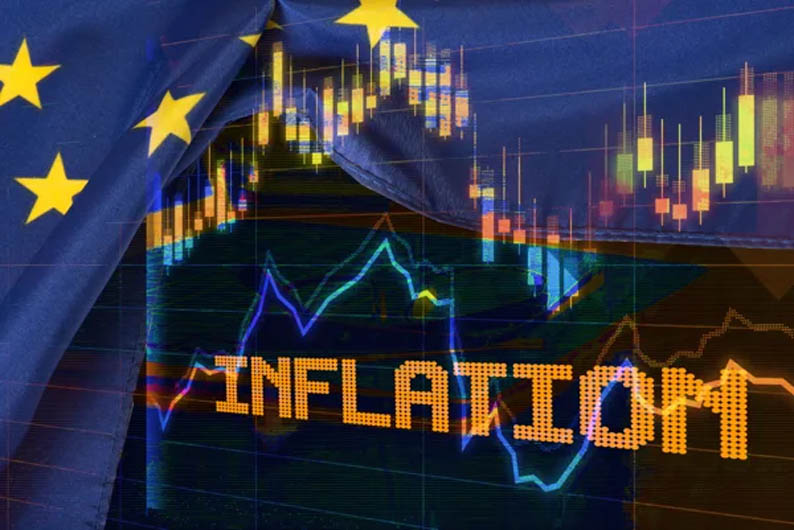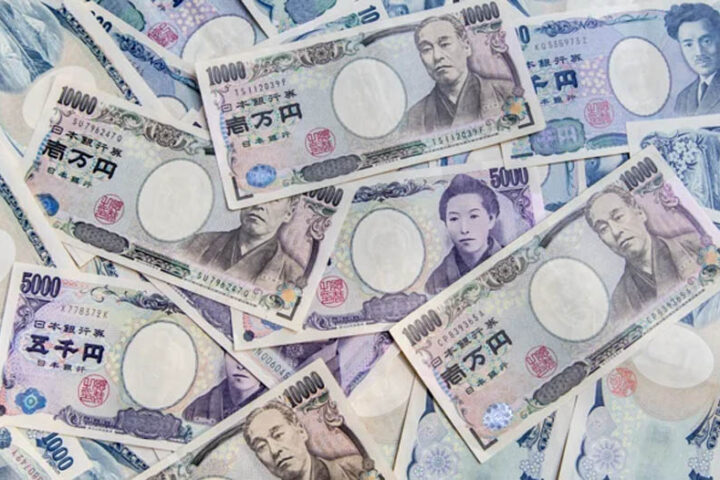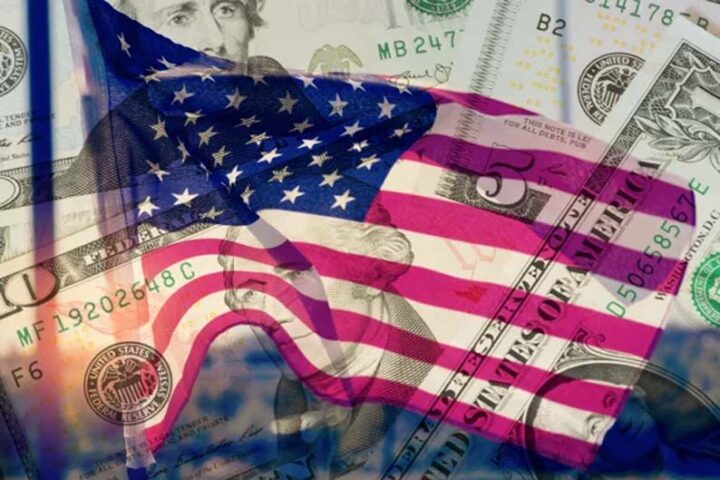By Craig Erlam
Inflation in the eurozone fell below 3% in October, with energy and food prices helping to push the headline number even lower than expected.
While this is undoubtedly good news, the core number is probably a more accurate reflection of where things stand and the job the ECB still has in reining in inflation in a sustainable manner.
Energy prices in particular are still volatile and base effects in the coming months will likely be less favourable.
Underlying price pressures, particularly in services, still have a lot further to fall before the ECB can even consider cutting rates to support an economy that looks destined for recession.
US ECI beats expectations
The euro initially rallied against the dollar after Tuesday morning’s releases, but that quickly changed following the release of the US quarterly employment cost index.
While the 1.1% reading only represented a slight overshoot of the expected figure, that it’s so closely monitored by the Federal Reserve will come as a setback to those hoping for rates to fall any time soon.
BoJ tweak sees yen spike above 150
The Bank of Japan is gradually phasing out its yield curve control policy tool, with the latest tweak allowing a little more flexibility in how far 10-year yields can trade around its 0% target.
In other words, it’s hoping a slow and steady abandoning of the tool will prevent unintended consequences.
While they’ve had some success in bond markets, the currency continues to suffer despite these tweaks ultimately being beneficial.
Fighting the market at a time when other central banks are aggressively raising rates has triggered a huge depreciation in the yen forcing interventions from the Ministry of Finance.
With the yen trading back above 150 against the dollar, there’ll be no shortage of speculation around the potential for another intervention.
One argument against this could be that the BoJ is making moves to normalise its monetary policy approach, but it’s moving at such a gradual pace that the currency could suffer much more if significant action is taken from either institution.
Oil steadies after choppy trade
Oil prices have been relatively steady Tuesday considering how choppy they’ve been over the past week.
While I doubt this period of volatility has passed, crude prices seem to have given up the bulk of their gains since Hamas attacked Israel which suggests either the geopolitical risk-premium has sharply reduced or global economic concerns have increased, perhaps a combination of both.
There’s clearly still a lot of concern around events in the Middle East though and so oil prices will remain sensitive to developments there.
Gold pushing $2,000
Gold continues to trade around $2,000, buoyed by safe-haven flows and easing shorter-term yields.
While it is making brief moves above this major psychological level, it’s failing to get any traction.
That further reinforces how big a resistance level this is and if it can make a significant move above, it could accelerate as a result.
Craig Erlam is Senior Market Analyst, UK & EMEA at OANDA
Opinions are the author’s, not necessarily that of OANDA Global Corporation or any of its affiliates, subsidiaries, officers or directors. Leveraged trading is high risk and not suitable for all. Losses can exceed investments.







